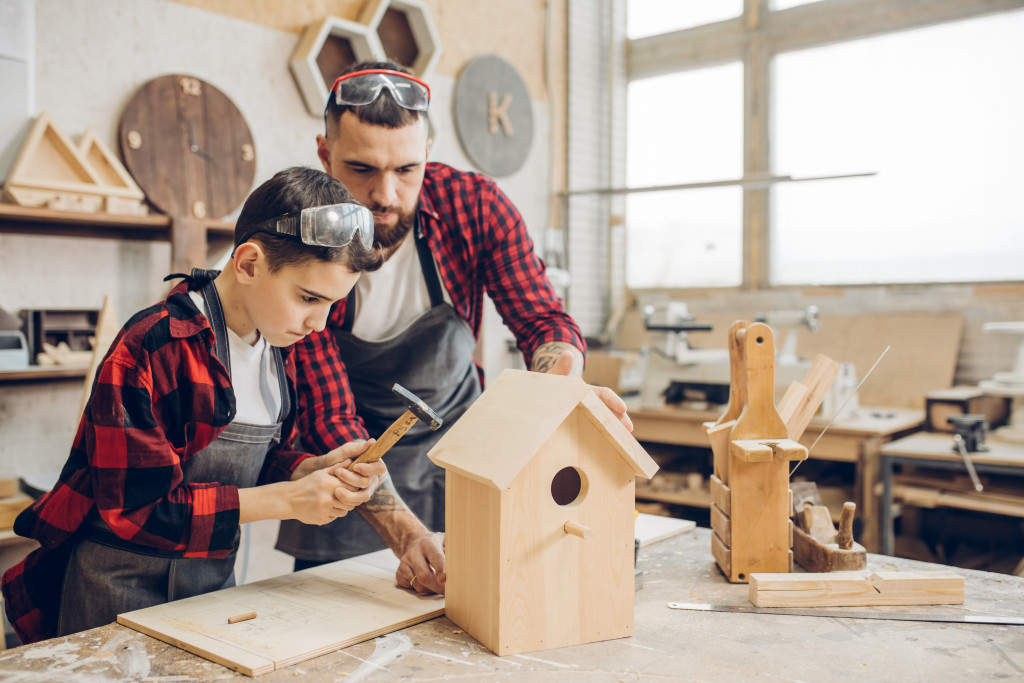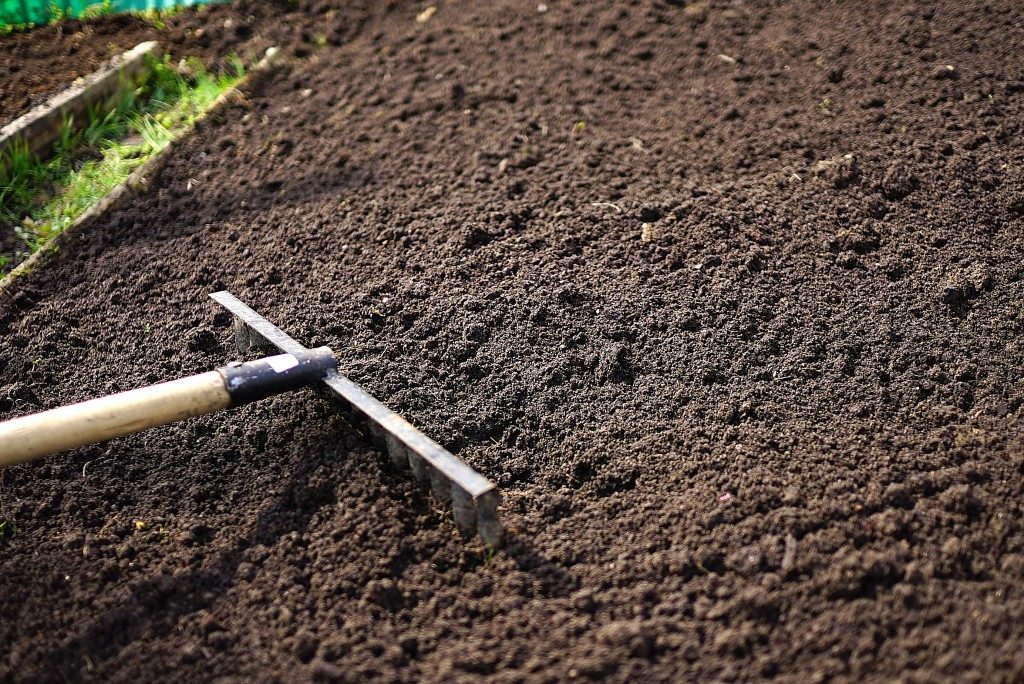With the near-constant popularity of DIY TV shows like HGTV‘s “Fixer Upper“ and DIY Network’s “Yard Crashers,“ it’s no wonder that more and more people are interested in making their own furniture and home items. Not only is it satisfying to be able to say you made something yourself, but it can also save you a lot of money. Here’s what you need to get started on your own DIY projects, and some ideas on what you might want to do as your first DIY project.
Tools of the Trade
One of the most important things you’ll need for any DIY project is a good set of tools. If you don’t have your own tools, see if you can borrow some from a friend or family member. Here are some essential tools for making your own furniture and home items:
- A drill: This will come in handy for making holes for screws, dowels, and other fasteners.
- A saw: You’ll need a saw for cutting wood, plastic, and metal. A hand saw will do for most projects, but a power saw will make things go much faster. Make sure you have the correct kind of saw for different kinds of material!
- A screwdriver set: A good screwdriver set will have both Phillips and flathead screwdrivers in a variety of sizes.
- A hammer: You’ll need a hammer for driving nails and knocking things into place, and other general purposes. If you get a claw hammer, you can use the claw to pull out nails, leverage objects, and pull other things apart.
- Measuring tape: Accurate measurements are crucial for any project, so make sure you have a good quality measuring tape.
- Marking tools: Having a pencil, chalk, and a felt-tip pen will let you put marks on basically any kind of material
- Safety gear: Whenever you’re working with tools, it’s important to wear safety gear such as gloves, goggles, and earplugs.
Now that you have the tools you need, let’s move on to an easy project. Here is one to get you started:
Cutting Board
A cutting board is a great beginner DIY project, and it’s also a useful item to have in your kitchen. Most people think that it’s extremely easy, but for a complete beginner with no woodworking experience, it can actually be quite hard. You won’t need all the tools mentioned previously, but you’ll need a few more ones, as well as some supplies. Here’s what you need:
- a 1 and 1/4-inch – 2-inch thick plank of walnut, cherry, or maple wood that’s at least 12 inches wide and more than 18 inches long. Choose a plank that’s free of warps and blemishes.
- food-safe wood finish (such as walnut oil, food-grade mineral oil, food-grade beeswax, and raw linseed oil)
- a level
- a brush for applying the finish
- 80 grit sandpaper
- 220 grit sandpaper
- a small block of wood for sanding if you’re using sandpaper (you can get this from your plank after you cut it)
- If you know someone with a grinder or power sander with 80 grit and 220 grit sanding discs, you can borrow them too!
Making a simple cutting board is easy if you don’t plan to decorate it Here’s how to make one:
1. Start by cutting the piece of wood to the desired size. For a chopping board, you’ll want to make it at least 12 inches by 18 inches, but you can make it any size you like. If you make it larger, it can be a breadboard, a serving board, or even a placemat!
2. Use the 80 grit sandpaper (or the power sander or grinder with the 80 grit disc) to sand down all the surfaces of the board. Use the small block of wood to apply pressure onto the sandpaper against the board. Make sure the surface is level. If you’re going to use the grinder or power sander, wear goggles and gloves to avoid getting injured.
3. Once it’s relatively smooth, dust it off and use the 220 grit sandpaper or sanding disc.
4. Dust it off. To completely remove any traces of dust, use a moist towel. Use a paper towel afterward to pat it dry, then leave to air dry for about five to ten minutes.
5. Apply your food-safe wood finish using a brush. Some people use a paper towel or rag for this, but you might not like how the finish feels on your skin.
Now, you’re done! You now have a simple cutting board that you can use in the kitchen or give to your friends. You can do it again but make it larger so that you can have some placemats for your decorated dinnerware set or a serving board for a charcuterie spread.
Adding other features like grooves, lettering, or holes requires a bit more tools and work. Adding these features is done after you sand the board level and make it smooth. For grooves, you have to draw out where you want the groove to be, then use a grinder or a woodcarving knife to dig out a shallow trench. After that, you sand it again to make sure it’s smooth. For lettering, you can use a Sharpie or a wood burner before applying the wood finish. As for holes, you can use a drill with a hole saw drill bit.
Now, why a cutting board, of all things? For one, it’s just the right challenge for a complete beginner to woodworking and DIY. In addition, it teaches the basics: sawing, sanding, and finishing. Almost every project will require these. Plus, with these skills in your toolkit, you only need to learn about attaching two pieces of wood together by using nails, dowels, or glue before you can make bigger, more impressive projects.
Final Thoughts
With these tools and tips, you can start on your journey to be a DIY expert! It may seem simple, but you’ll be surprised just how many things you can do after you learn how to make a cutting board. Just remember to take your time, measure twice and cut once, and always wear safety gear when using tools. With a little patience and practice, you’ll learn how to make everything yourself!



